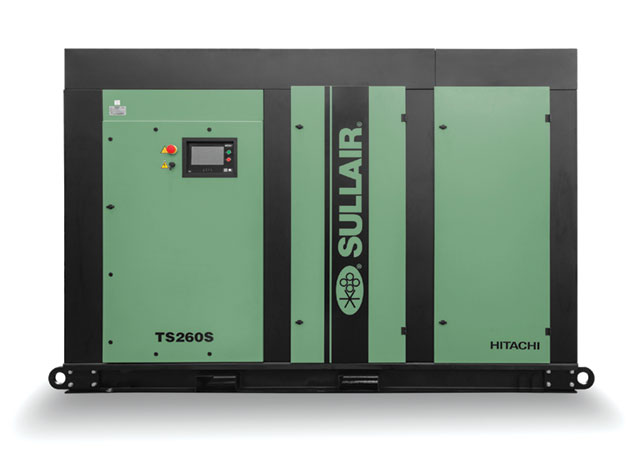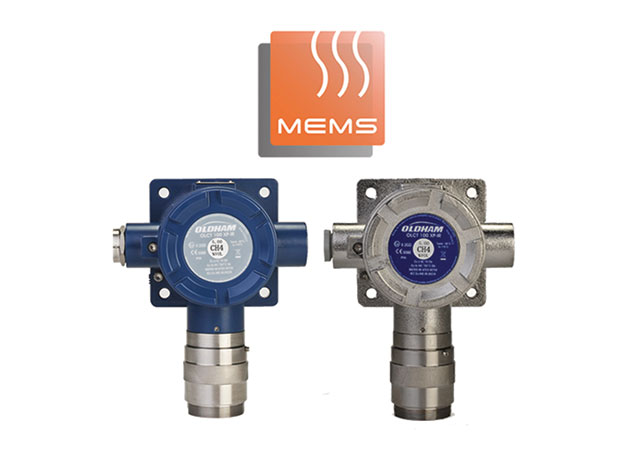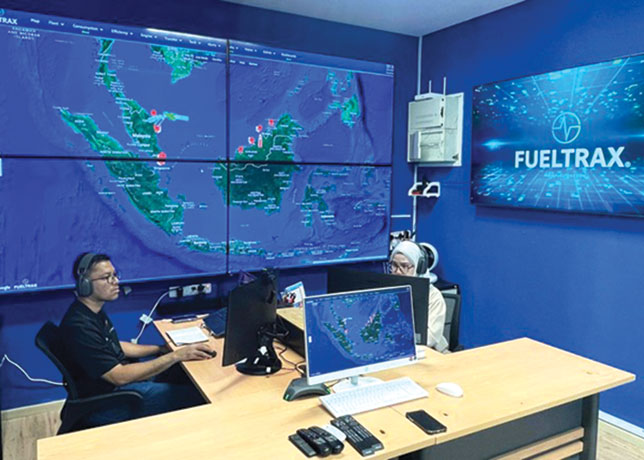
 OLCT100 MEMS
OLCT100 MEMS
The high-performance OLCT 100-XP-MS range of flammable gas detectors from Teledyne Gas and Flame Detection now incorporates cutting-edge MEMS (Micro-ElectroMechanical Systems) sensor technology.
MEMS technology offers accurate readings for over 14 common combustible gases and gas mixes, including hydrogen, methane, propane, and butane.
It enhances conventional sensors' capabilities, providing 'poison' immunity and longer operating life, especially in challenging environments.
Traditionally, industry professionals use flammable gas detectors with catalytic sensors or infrared (IR) sensors, but these are not always optimal, according to the company.
Catalytic sensors require bump testing, for example, to check they remain free from sensor poisoning, while IR technology is unable to detect hydrogen.
The use of hydrogen is rising as the focus to find a cleaner alternative to natural gas continues across the industry, in turn driving the need for high-capability hydrogen detection solutions.
MEMS technology take gas detection to an even higher level of capability, providing precise readings in % LEL correlated with the specific gas or blended gas/vapour clouds present in the environment.
By offering catalytic oxidation, IR and MEMS sensor technologies in a single device, the OLCT100-XP-MS represents a holistic solution that provides a revolution in flammable gas detection, regardless of environmental or operational constraints.
Ideal for use in energy sectors, including petrochemical and oil and gas, the new OLCT100-XP-MS also offers multi-gas protection in applications that include lithium-ion BESS (Battery Energy Storage Systems), industrial manufacturing, wastewater treatment and fire response.
"Our flammable gas detector with thermal conductivity technology supported by MEMS sensor provides accurate, automatic readings without correction factors, along with automatic gas classification," says Régis Prévost, Product Line Manager, Teledyne Gas and Flame Detection. "Delivering unprecedented reliability and accuracy, the device reduces false alarms thanks to integral compensation for environmental parameters that include temperature, pressure and humidity."











































































